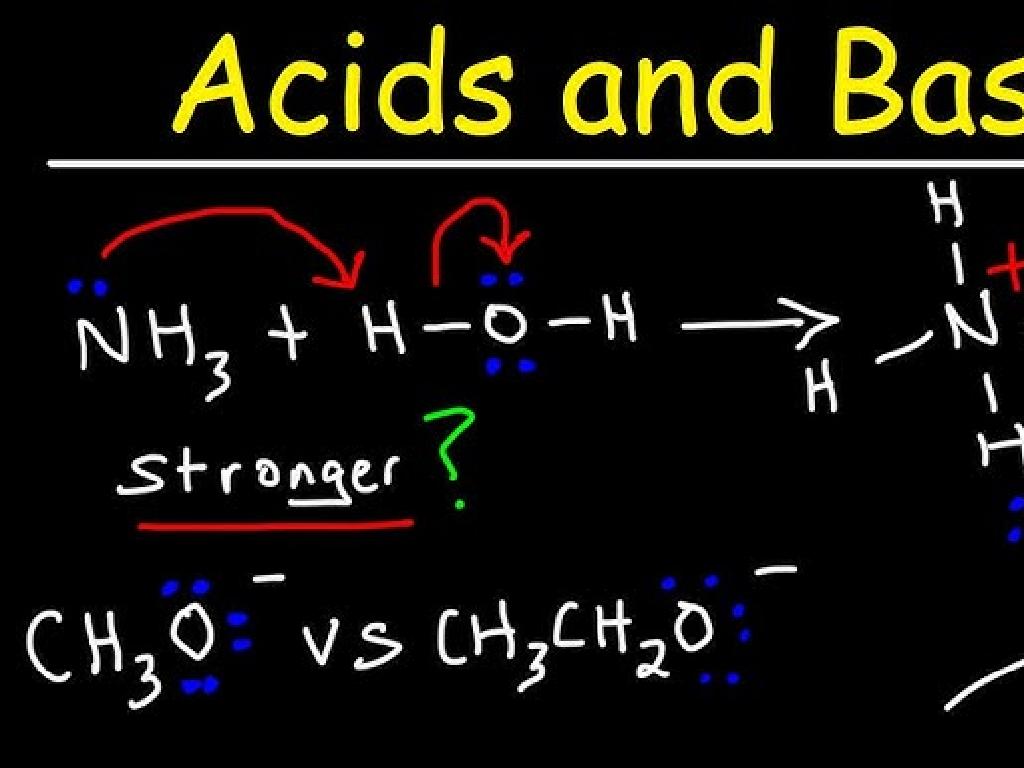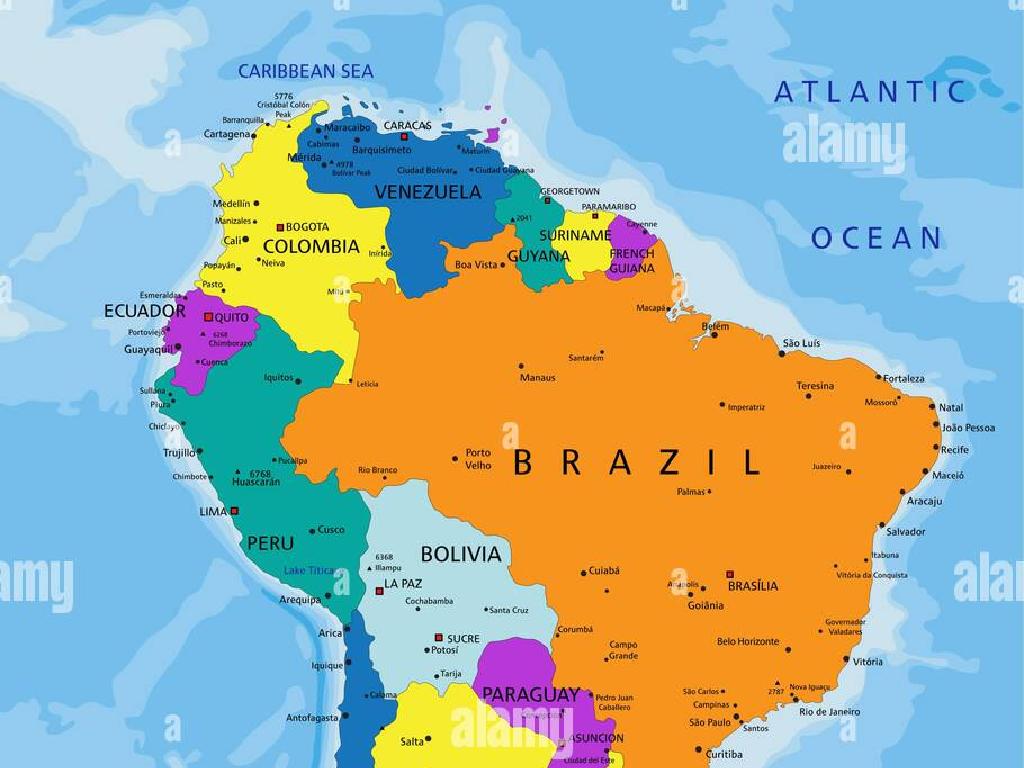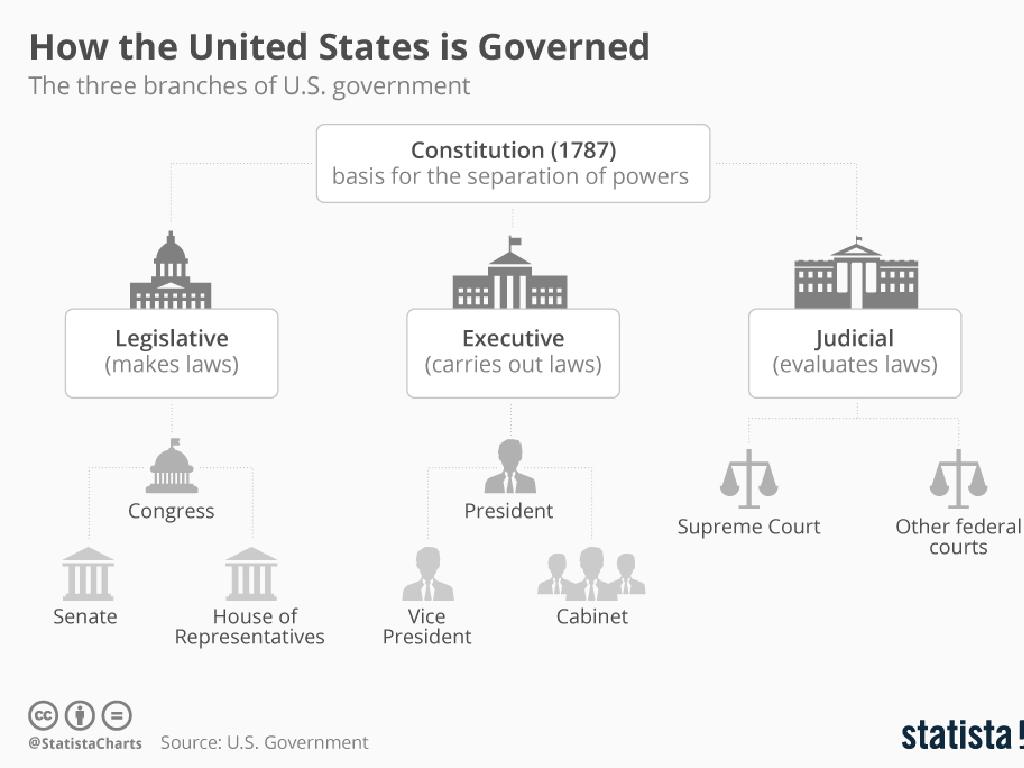Label Earth Features At Tectonic Plate Boundaries
Subject: Science
Grade: Sixth grade
Topic: Earth'S Features
Please LOG IN to download the presentation. Access is available to registered users only.
View More Content
Exploring Earth’s Dynamic Features
– Earth’s surface is dynamic
– Our planet’s surface is constantly changing due to tectonic activity.
– Tectonic plates and boundaries
– Earth’s crust is divided into large plates that float on the mantle.
– Types of plate boundaries
– Boundaries can be divergent, convergent, or transform.
– Impact on Earth’s features
– These boundaries shape mountains, volcanoes, and earthquakes.
|
This slide introduces students to the concept of Earth’s ever-changing surface, influenced by the movement of tectonic plates. Begin by explaining that the Earth’s crust is not a single, solid surface but is instead made up of large pieces called tectonic plates. Discuss the three main types of plate boundaries: divergent (where plates move apart), convergent (where plates move towards each other), and transform (where plates slide past one another). Emphasize how these boundaries are responsible for creating many of Earth’s features such as mountains, volcanoes, and the occurrence of earthquakes. Use diagrams to illustrate each type of boundary and provide real-world examples, such as the Mid-Atlantic Ridge for divergent boundaries, the Himalayas for convergent boundaries, and the San Andreas Fault for transform boundaries. Encourage students to think about how these dynamic processes have shaped the landscape around them.
Exploring Earth’s Structure and Tectonic Plates
– Review: Earth’s compositional layers
– Earth is made up of the Crust, Mantle, and Core
– Lithosphere and Asthenosphere roles
– Lithosphere: rigid outer layer; Asthenosphere: beneath lithosphere, semi-fluid
– Introduction to Tectonic Plates
– Tectonic Plates are large sections of Earth’s lithosphere
– Interactions at plate boundaries
– Plates interact at boundaries, creating Earth’s features
|
Begin with a quick review of the Earth’s layers to ensure students recall the basics: the crust (solid outermost layer), the mantle (middle layer, semi-fluid in the asthenosphere), and the core (innermost layer). Explain the lithosphere includes the crust and the uppermost mantle and is broken into tectonic plates. The asthenosphere is the semi-fluid layer on which these plates ‘float’ and move. Introduce tectonic plates as the puzzle pieces of the Earth’s lithosphere that interact at their boundaries, leading to the formation of various geological features such as mountains, volcanoes, and earthquakes. Use diagrams to illustrate these concepts and prepare to delve deeper into the types of plate boundaries and the features they create in subsequent slides.
Tectonic Plate Boundaries and Earth’s Features
– Types of plate boundaries
– Divergent, convergent, transform
– Plate movements and Earth’s surface
– Mountains form, earthquakes occur
– Real-world boundary examples
– Mid-Atlantic Ridge, Himalayas
– Impact on Earth’s landscape
|
This slide introduces students to the concept of tectonic plate boundaries and how they affect Earth’s surface. There are three main types of boundaries: divergent, where plates move apart; convergent, where they come together; and transform, where plates slide past one another. These movements can result in the formation of mountains, volcanic activity, and earthquakes. Provide real-world examples such as the Mid-Atlantic Ridge for divergent boundaries and the Himalayas for convergent boundaries. Discuss how these features impact the landscape and environment. Encourage students to think about how the Earth’s surface is dynamic and constantly changing due to these natural processes.
Divergent Boundaries: Earth’s Dynamic Crust
– Discovering Mid-Ocean Ridges
– Underwater mountain ranges created by tectonic plates moving apart
– How New Crust Forms
– Magma rises to fill the gap, solidifies to form new crust
– The Mid-Atlantic Ridge Example
– A real-world example of divergent boundary between the Eurasian and North American plates
– Impact on Earth’s Features
|
This slide introduces students to the concept of divergent boundaries, where tectonic plates move apart from each other. Focus on the Mid-Ocean Ridges as a key feature formed by these boundaries, explaining how they are underwater mountain ranges that grow due to the formation of new crust as magma rises and solidifies. Use the Mid-Atlantic Ridge as a concrete example to help students visualize the process. Emphasize the significance of these geological processes in shaping Earth’s surface features. Encourage students to think about how the Earth is constantly changing and the role that plate tectonics plays in this dynamic system.
Convergent Boundaries: Mountains & Volcanoes
– Convergence forms mountains/volcanoes
– When tectonic plates collide, the pressure can push up the Earth’s crust forming mountains or trigger volcanic activity.
– Oceanic vs. Continental plates
– Oceanic plates diving under continental plates often create volcanic mountain ranges.
– The Himalayas: A case study
– The Himalayas were formed by the collision of the Indian and Eurasian plates.
|
This slide introduces students to the concept of convergent boundaries, where tectonic plates move towards each other, resulting in the formation of mountains and volcanoes. Emphasize the immense force generated at these boundaries, which can push the Earth’s crust upwards. Discuss the difference between oceanic and continental convergence, noting that oceanic plates are typically denser and subduct beneath continental plates, often leading to volcanic activity. Use the Himalayas as a concrete example to illustrate the concept, explaining that they are the result of two continental plates converging. Encourage students to think about other mountain ranges and consider whether they might also be the result of convergent boundaries.
Transform Boundaries and Earthquakes
– Earthquakes at fault lines
– Sudden movements along faults cause earthquakes
– Crustal plates sliding motion
– Plates slide past each other horizontally
– The San Andreas Fault example
– A well-known transform boundary in California
|
This slide introduces students to the concept of transform boundaries, a type of plate boundary where tectonic plates slide past one another. Emphasize the role of these boundaries in causing earthquakes, as the movement can create sudden and sometimes severe shaking of the ground. Use the San Andreas Fault as a concrete example to help students visualize the concept. It’s one of the most studied fault lines in the world and illustrates the significant impact of transform boundaries on Earth’s geography and seismic activity. Encourage students to think about how the sliding motion of these plates differs from the motion at other types of boundaries, such as divergent or convergent boundaries.
Labeling Earth Features at Plate Boundaries
– Identify features at boundaries
– Mountains, volcanoes, earthquakes at divergent, convergent, transform boundaries
– Use maps for geological features
– Find the Ring of Fire, Himalayas, San Andreas Fault
– Activity: Labeling practice
– Gather maps, colored pencils, and labels for the activity
– Understand plate tectonics
– Learn how Earth’s surface is shaped by plate movements
|
This slide introduces students to the concept of Earth’s features related to tectonic plate boundaries. Students will learn to identify different geological features such as mountains, volcanoes, and earthquake zones that occur at divergent, convergent, and transform boundaries. Using maps, they will locate major geological features like the Pacific Ring of Fire, the Himalayan mountain range, and the San Andreas Fault. The activity will involve labeling these features on a map, which will help students visualize and better understand the dynamic nature of Earth’s surface. Prepare materials for the activity, including maps, colored pencils, and labels. Ensure students understand the basics of plate tectonics to comprehend how these features are formed. The activity will reinforce their learning and provide a hands-on experience with real-world applications of the concepts discussed.
Class Activity: Label the Earth!
– Understand tectonic plate boundaries
– Gather materials: map handouts, markers, reference sheets
– Pair up for discussion and map labeling
– Discuss with your partner the features you identify
– Complete and present your labeled maps
– Share what you’ve learned about Earth’s features at plate boundaries
|
This activity is designed to help students visually understand the different features found at tectonic plate boundaries. Provide each pair with a map handout, markers, and reference sheets that illustrate various geological features such as mountains, volcanoes, and earthquakes zones. Encourage students to discuss with their partners and use the reference materials to accurately label these features on their maps. Once completed, each pair will present their map to the class, explaining the significance of each labeled feature. This will reinforce their understanding of Earth’s structure and the dynamic nature of its surface. Possible variations of the activity could include focusing on specific types of boundaries (divergent, convergent, transform) or having students create their own diagrams of plate boundaries using craft materials.
Review and Reflect: Tectonic Plate Boundaries
– Share your findings with peers
– Discuss Earth feature impacts
– How mountains, volcanoes, and earthquakes shape ecosystems and human activities.
– Reflect on life’s affected by tectonics
– Consider how tectonic activity influences climate, natural disasters, and settlement patterns.
– Engage in Q&A session
|
This slide aims to consolidate the students’ understanding of Earth’s features at tectonic plate boundaries by sharing their findings and discussing the broader implications on life on Earth. Encourage students to think about how geological features like mountains and volcanoes affect where people live, the climate, and the occurrence of natural disasters. The Q&A session should be an interactive opportunity for students to ask questions and clarify their understanding of the day’s topic. As a teacher, be prepared to guide the discussion, ensuring that students consider both the positive and negative effects of tectonic plate movements on life on Earth.
Homework Challenge: Tectonic Tales
– Research an Earth feature
– Choose a feature like mountains, volcanoes, or earthquakes
– Relation to plate boundaries
– How do tectonic movements affect your chosen feature?
– Write your findings
– Share in the next class
– Be ready to discuss what you learned
|
This homework assignment is designed to encourage students to explore the relationship between Earth’s features and tectonic plate boundaries. By selecting a specific feature such as a mountain range, volcano, or earthquake zone, students will delve into how these features are influenced by the movement of the Earth’s plates. They should use credible sources to gather information and write a summary of their findings. The goal is for students to understand the dynamic nature of Earth’s surface and to be able to articulate the connection between geological features and plate tectonics. In the next class, students will have the opportunity to present their research, fostering a collaborative learning environment where they can learn from each other’s discoveries.





